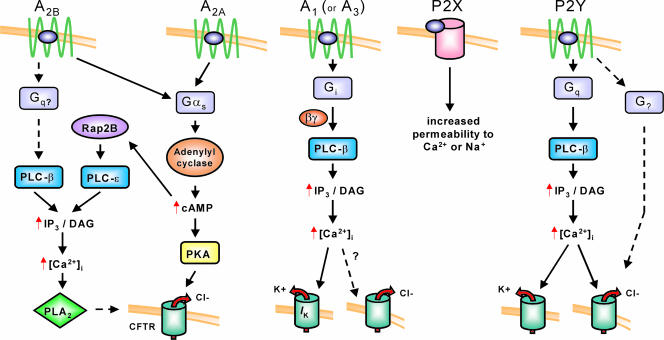Figure 1. Purinergic receptors important in regulating epithelial ion transport.
The P1 receptors A2A and A2B classically signal through Gs, resulting in an increase in cAMP and activation of PKA. A rise in intracellular Ca2+ noted in some cells in response to A2B receptor activation may result from receptor coupling to Gq and activation of PLC-β or from cAMP-activation of Rap2B that raises intracellular Ca2+ via PLC-ɛ. This rise in intracellular Ca2+ by either of these mechanisms likely accounts for the activation of PLA2 that contributes to the A2B activated Cl− current. The A1 receptor has been shown to be active in airway epithelial cell lines and evokes a Ca2+ response through the βγ subunits of Gi. This triggers basolateral K+ efflux and may trigger Cl− release. P2X receptors are ligand-gated ion channels and increase cell permeability to Na+ or Ca2+. P2Y receptors classically signal through Gq, resulting in an increase in intracellular Ca2+ and activation of Ca2+-activated Cl− and K+ channels, although a Ca2+-independent Cl− current resulting from P2Y activation has been identified.

